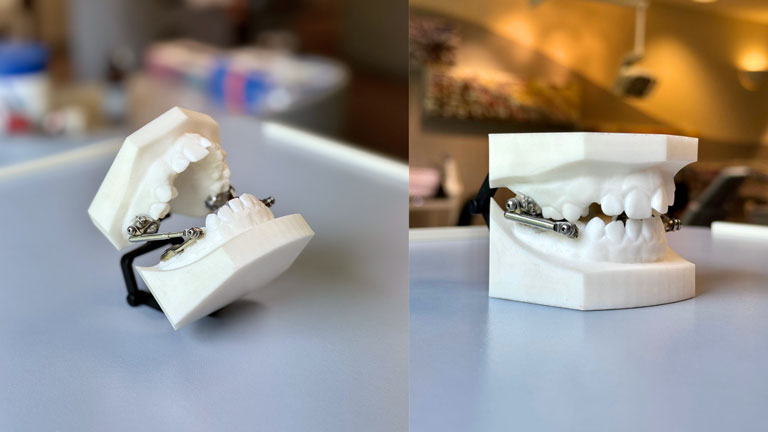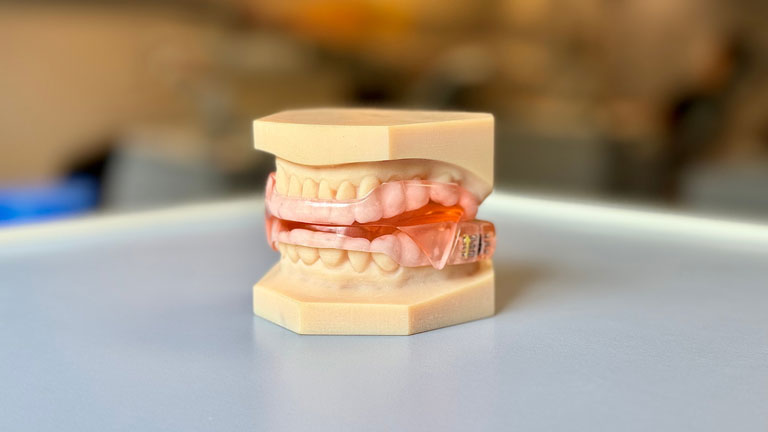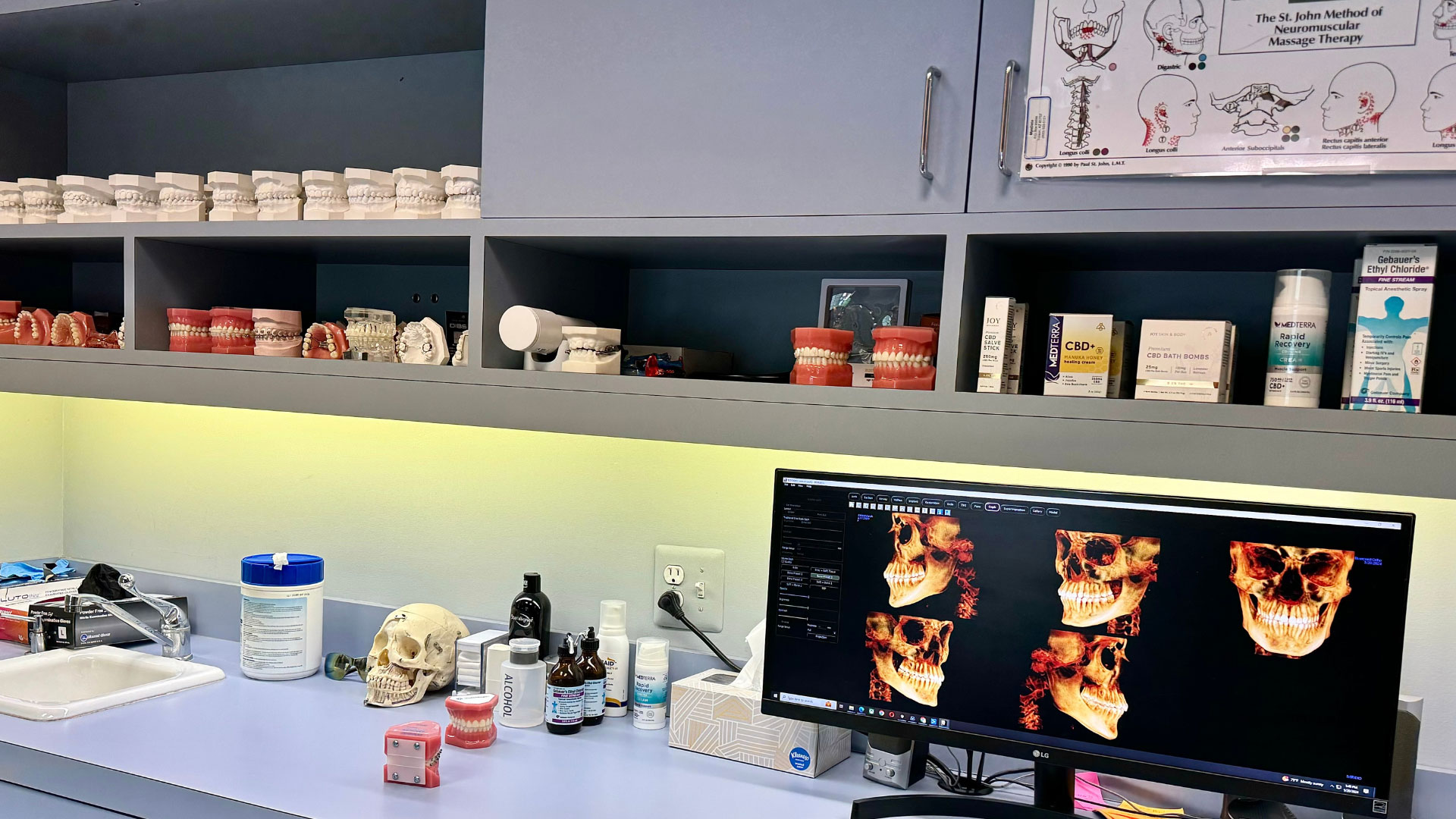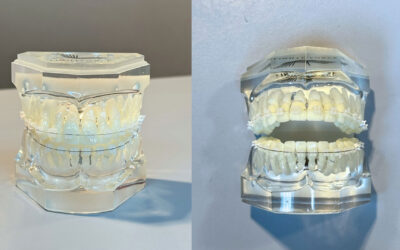Functional orthodontics represents a revolutionary approach to traditional orthodontic treatment, focusing not only on aligning teeth but also on optimizing overall facial balance and function. At the core of functional orthodontics is the philosophy that a harmonious relationship between the teeth, jaws, and facial muscles is essential for not only a beautiful smile but also for long-term oral health and well-being. In this comprehensive guide, we’ll delve into the principles and benefits of functional orthodontics, exploring the innovative appliances and techniques used to achieve optimal facial aesthetics and function. Whether you’re seeking to address malocclusions, jaw discrepancies, or other orthodontic issues, functional orthodontics offers a holistic solution tailored to your unique needs.
How Functional Orthodontics Differs from Traditional Orthodontics
Traditional orthodontics, a widely practiced approach in dental care, primarily focuses on straightening teeth using braces, retainers, or removable aligners. This method aims to correct misalignments, gaps, and overcrowding of teeth to achieve a straighter and more aesthetically pleasing smile.
Functional orthodontics, on the other hand, goes beyond simply straightening teeth. It considers the entire facial structure, including the jaws, muscles, and airway, to achieve optimal oral health and facial harmony. The goal is to identify the root cause of a patient’s concerns by addressing underlying skeletal issues, muscle imbalances, and functional problems that may contribute to orthodontic issues, such as malocclusions and facial asymmetry.
Key Concepts
- Facial Growth and Development: Functional orthodontics recognizes that proper facial growth and development play a crucial role in achieving a healthy, balanced smile. By guiding facial growth during childhood and adolescence, orthodontists can correct skeletal discrepancies and prevent future orthodontic problems.
- Orthopedic Correction: Unlike traditional braces, which focus primarily on moving teeth, functional orthodontics employs orthopedic appliances to modify the size, shape, and position of the jaws. These appliances work by stimulating natural growth processes in the bones and promoting optimal jaw alignment.
- Myofunctional Therapy: Functional orthodontics often incorporates myofunctional therapy, which addresses improper oral habits and muscle dysfunction that may contribute to orthodontic issues. Myofunctional exercises help retrain the muscles of the face and tongue, promoting proper swallowing, breathing, and tongue posture.
Appliances Used in Functional Orthodontics
Orthopedic Correctors: Activators and Bionators are orthopedic correctors that are commonly used to correct bite and jaw alignment issues, particularly in growing children. They consist of upper and lower components that fit over the teeth and work together to stimulate the growth of the lower jaw and promote forward movement of the mandible. This helps address overbites, underbites, and crossbites by exerting controlled pressure on the teeth and jaws while harnessing the natural growth potential of the jaw to achieve improved bite function and facial aesthetics.

Herbst: The Herbst consists of metal tubes attached to bands or crowns on the upper and lower molars, connected by a metal rod or telescoping mechanism. By encouraging proper jaw growth and alignment, it helps to correct issues such as overbites guiding the lower jaw forward into a more optimal position relative to the upper jaw. Similar to this is the MARA appliance.

Twin Block: The Twin Block consists of two separate removable appliances for the upper and lower teeth, each with acrylic blocks that fit together in a specific jaw position to encourage proper jaw alignment and growth. The Twin Block appliance works by repositioning the lower jaw forward to align it more favorably with the upper jaw. It is designed to be worn full-time or as directed by the orthodontist, often as part of a comprehensive orthodontic treatment plan. Similar to this, the Dorsal Fin appliance typically consists of two separate parts, one for the upper jaw and one for the lower jaw, which are connected by a metal framework resembling a dorsal fin. This appliance works by guiding the growth of the lower jaw forward, like the Twin Block, but may have a different design and mechanism of action. Below is a photo of the Dorsal Fin appliance.

Early Functional Appliances: a Myobrace is a holistic approach to an orthodontic appliance designed to address orthodontic issues in children by promoting proper oral habits and healthy jaw development, often used as an early intervention to guide natural growth, correct poor oral posture, and prevent the development of malocclusion during growth.
Mandibular Advancement Devices: A mandibular advancement device (MAD) is a type of oral appliance used in the treatment of sleep-related breathing disorders such as obstructive sleep apnea (OSA) and snoring. It is typically worn during sleep and works by advancing the lower jaw (mandible) forward slightly, which helps to correct overbites, open the airway, and prevent collapse of the soft tissues at the back of the throat. This advancement helps to keep the airway clear, reducing the likelihood of interruptions in breathing during sleep. MADs are often custom-made to ensure a proper fit and effectiveness for each individual patient.
Benefits of Functional Orthodontics
- Optimized Facial Balance: By addressing underlying skeletal issues, functional orthodontics can enhance facial symmetry and harmony, resulting in a more aesthetically pleasing appearance.
- Improved Bite Function: Functional orthodontics aims to achieve proper jaw alignment and muscle balance, leading to improved bite function, reduced jaw pain, and a decreased risk of temporomandibular joint (TMJ) disorders.
- Enhanced Airway Health: Some functional orthodontic techniques, such as palatal expansion, can help alleviate airway obstructions and improve breathing, reducing the risk of sleep-disordered breathing conditions like sleep apnea.
- Long-Term Stability: By addressing the root cause of orthodontic issues, functional orthodontics can produce more stable and sustainable results compared to traditional orthodontic methods. In other words, its approach can prevent teeth from shifting after treatment is complete!
- Avoid Orthognathic Surgery: Functional orthodontics focuses on guiding jaw growth and development through appliances and therapy, potentially avoiding the need for orthognathic surgery by addressing underlying issues early on.
Is Functional Orthodontics Right for You?
Functional orthodontics may be suitable for individuals of all ages, especially children and adolescents whose facial structures are still developing. It’s also a great option for individuals experiencing issues such as crowded teeth, bite problems, jaw pain, or sleep disorders. If you’re considering orthodontic treatment, consult with a qualified orthodontist like Dr. Daia, who specializes in functional orthodontics to determine the best course of action for your unique needs.
Functional orthodontics offers a holistic approach to orthodontic treatment, focusing not only on straightening teeth but also on optimizing facial balance, jaw function, and overall health. By addressing underlying skeletal issues and muscle imbalances, functional orthodontics can provide long-lasting benefits beyond just a beautiful smile. If you’re seeking comprehensive orthodontic care tailored to your individual needs, explore the possibilities of functional orthodontics and discover how it can transform your smile and enhance your well-being.
Daia Orthodontics & TMJ Orthopedics is dedicated to providing personalized orthodontic treatment using the latest techniques and technologies, including functional orthodontics. Dr. Daia holds diplomate status with the American Board of Orthodontics and the American Board of Orofacial Pain, as well as a fellowship status with the Royal College of Dentists of Canada in the specialty of Orthodontics. He is one of the few doctors worldwide to attain this level of commitment, expertise, knowledge, and excellence in this field.
Contact us today to schedule a consultation and take the first step towards achieving a healthier, more confident smile with functional orthodontics.




